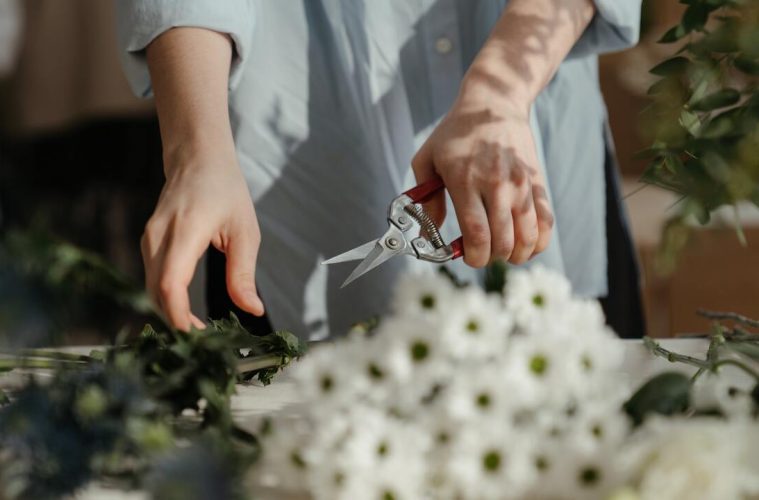After growing houseplants and starting an expansive vegetable garden, cut flower gardens have become the latest must-have trend. You don’t need tons of space to start one, but it does require some careful planning and attention for year-round success. Follow these tips to maximize your floral harvest.
Start Small
Although the list of flowers you want to grow is likely pages long, don’t take on more than you can handle when you get started. Growing flowers for cutting is slightly more high maintenance than regular ornamental gardening and can become overwhelming if you bite off more than you can chew. Start small and expand season by season – you’d be surprised how much you can grow in a small space.
Stagger Your Planting
Avoid planting too many blooms that appear all at once. They may look great in the garden, but they won’t be much use in a vase if you have mountains of flowers in one part of the year and none during the rest. Stagger your planting and choose plants that flower at different times for a more continuous harvest.
Let The Light In
Most plants grown for cut flowers require full sun to produce the most possible blooms. Choose a position in your garden with a full day of sun, ensuring taller plants are not shading shorter ones. If you have no bed space with full sun, try planting in containers.
Consider Irrigation
Drip irrigation can be pricey, depending on the size of the area you need to cover. But for the health of your flowers, it is a vital tool. Drip irrigation prevents problems caused by overhead watering, like fungal diseases, and keeps the roots well-watered – especially when the weather is warm.
Cut Early
Harvest your blooms in the early morning before the hot sun has a chance with draw out some of their moisture. Leave the stems in a bucket of lukewarm water until you bring them indoors to keep them fresh.
Started your own cut flower garden? We’d love to see it! Share it with us on Instagram @SAGardenandHome or Facebook @gardenandhome.
SEE MORE: How to make cut flowers last longer
READ MORE: How to plant climbers and creepers

